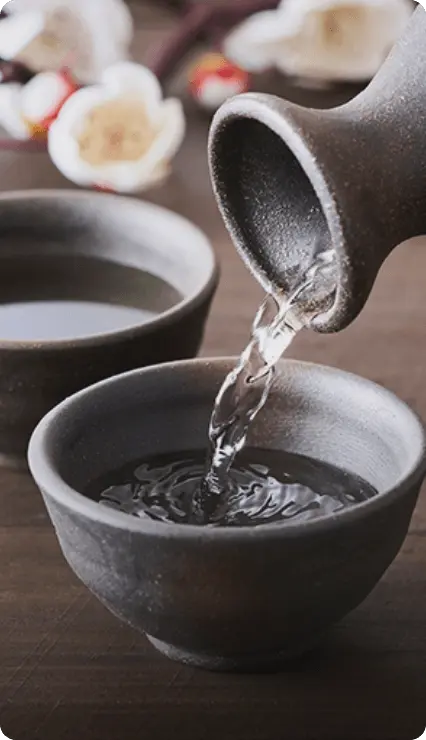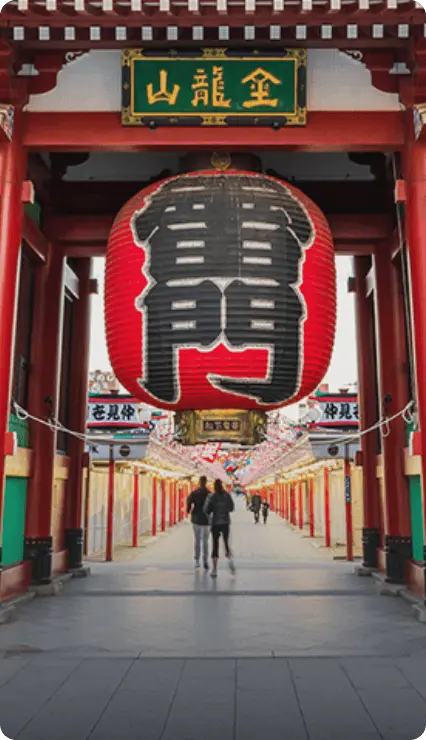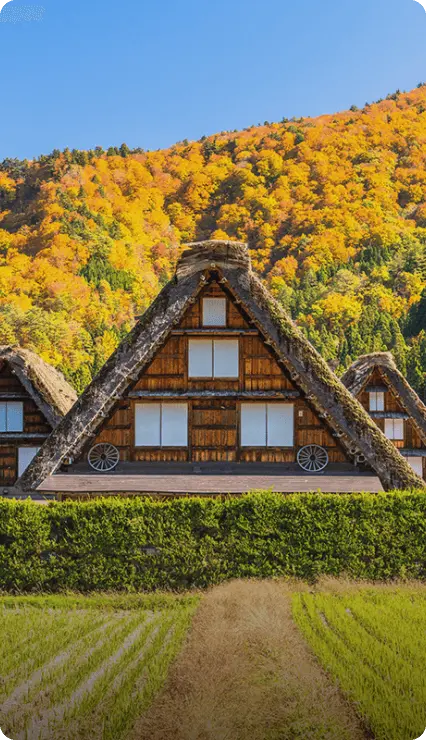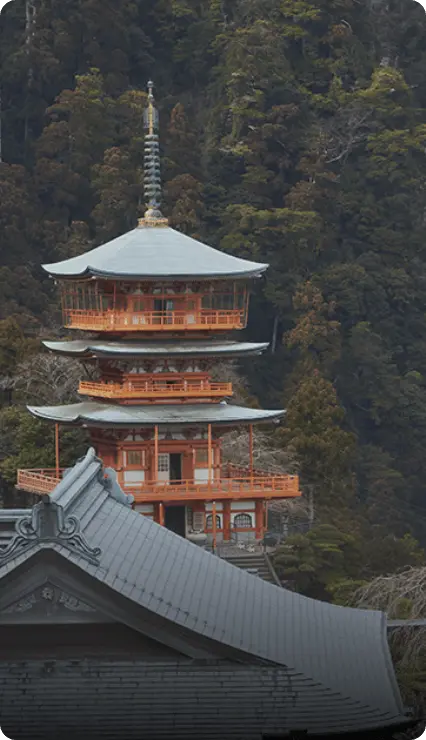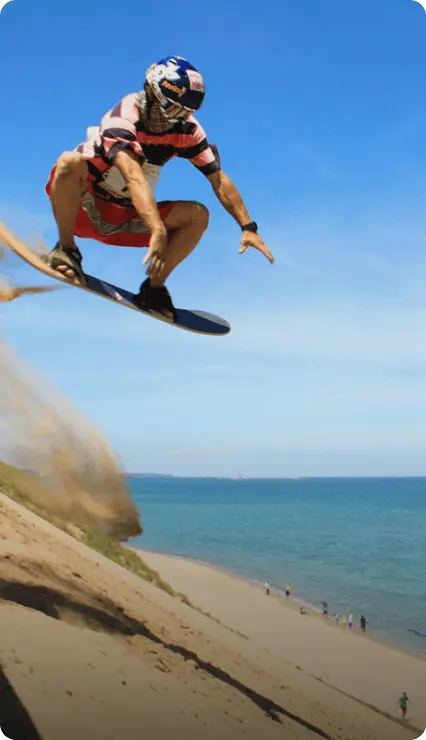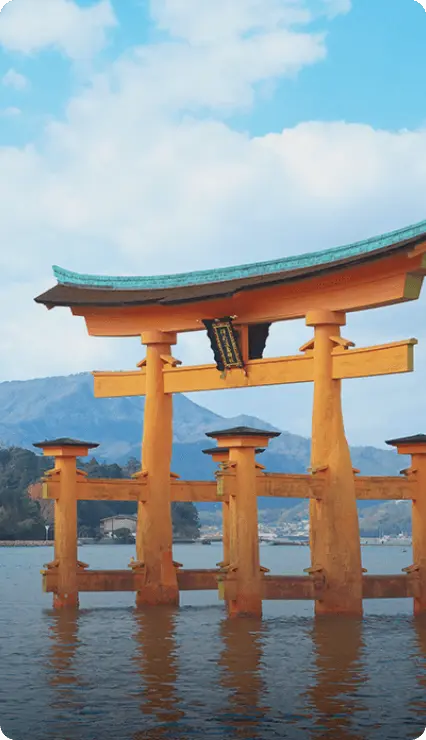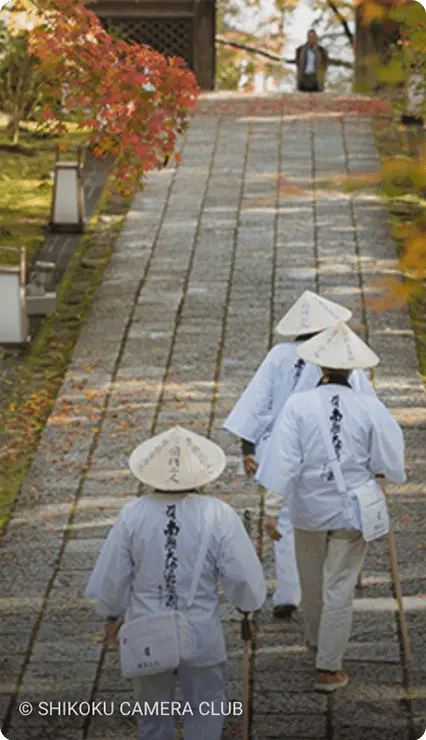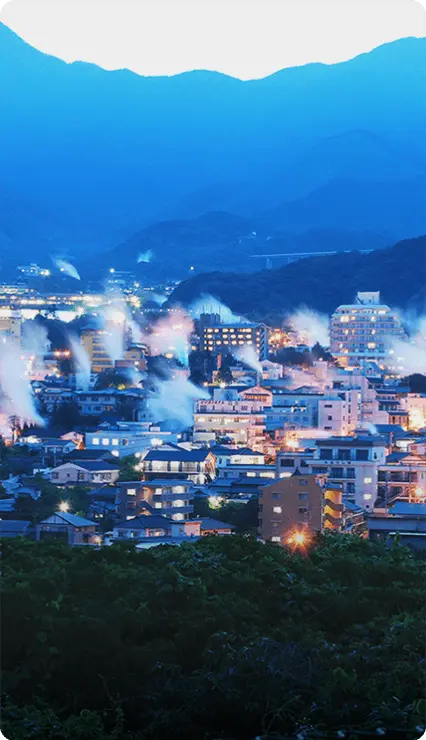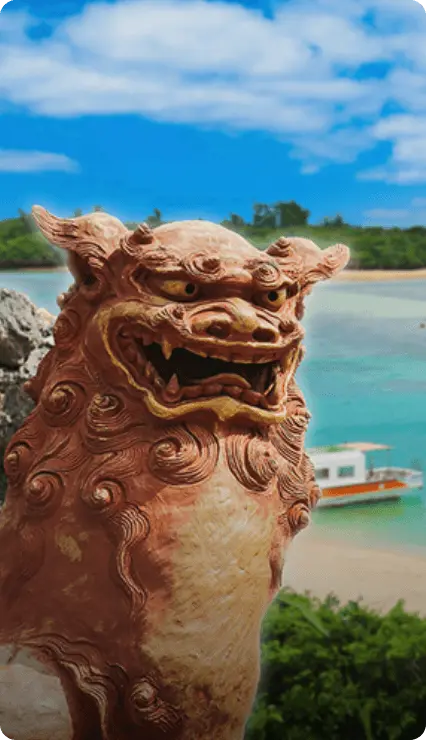
Visit Japan for an Aquatic Getaway Unlike Any Other
From island escapes to natural hot springs, embark on an unforgettable aquatic adventure in this island nation.
Tohoku / Okinawa / Setouchi / Kyushu
In paid partnership with

Japan is a nation of islands of all shapes and sizes, so it makes sense that much of the country’s culture can be found along its stunning, nature-rich coasts. From island escapes and beautiful beaches to natural hot springs and underground waterfalls, here are some of Japan’s best sites for an unforgettable aquatic adventure.
-
TOHOKU
-

In the majestic waters of the Sea of Japan lies the island of Sado, known for its iconic Tarai-Bune boats. These rounded boats were invented around 1868 during Japan’s Meiji period, and are just four to five feet long. Originally made from washtubs, women from the coastal port town of Ogi traditionally paddled these wooden boats around cliffs to collect seaweed and shellfish. Today, they mostly sail on cultural excursions. Sado is one of just a few places where Tarai-Bune boats can be found, making this island a must-visit for an enchanting and one-of-a-kind sail on these unique boats.
Back on the mainland, take a trip up the western coast of Aomori Prefecture to one of Japan’s many natural hot springs, known as onsen. Koganezaki Furofushi Onsen is an open-air bath with gorgeous views overlooking the Sea of Japan. Furofushi means “immortality” in Japanese, a nod to the long-held belief that these natural springs have healing properties. The mineral-rich waters here are a dark reddish brown due to the high iron and salt content. Day passes are available, but because this area is a quasi-national park, when you stay overnight there are no distracting lights, making it perfect for viewing both the sunset and the starry night sky.
-
OKINAWA
-

In the subtropical island chain of Okinawa, the Miyako Islands are beloved by locals and visitors alike for their unspoiled white sand beaches fringed by turquoise blue seas. The main island (called Miyako Island) is the largest of the chain, found halfway between Taiwan and Okinawa Main Island and only accessible by plane.
Here you’ll find Yonaha Maehama Beach, widely considered to be one of Japan’s most stunning beaches and, at over four miles long, one of the island chain’s longest. Sunayama beach, meanwhile, is famous for its arch-shaped rock and discovery passage: the beach emerges after a walk through a narrow tunnel of trees. The calm, shallow waters at Aragusuku Beach are perfect for snorkeling with colorful subtropical fish, stand-up paddle boarding, and scuba diving.
The Yaeyama Islands are equally popular to visit in Okinawa. Here, visitors can explore the unspoiled paradise of Iriomote Island. This is the second largest island in Okinawa and a UNESCO World Heritage Site, known as Iriomote-Ishigaki National Park; in fact, around 90% of the island is uninhabited. The subtropical island consists of a central mountainous jungle that gives way to mangrove forests and, ultimately, stunning white sand beaches along the coast.
Canoeing, boating, and kayaking through the mangroves and thick jungle waterways are popular activities. Iriomote is popular with scuba divers at Manta Way, a strait between Iriomote and Kohama Island, known for its annual congregation of manta rays each spring and summer. This registered dark sky area also comes to life at night for unparalleled stargazing. From February to April, native Yaeyama fireflies light up the forests.
-
SETOUCHI
-

©guntû An amazing natural wonder awaits visitors to Yamaguchi, home to one of Japan's largest limestone caves. Located approximately 328 feet below the surface of the plateau of Akiyoshidai Quasi-National Park, the cave space was created by over hundreds of thousands of years of groundwater erosion, lowering of the water table, accumulation of sand and gravel, and the development of cave products, which can still be seen today.
Although only about 3,300 feet of the total 36,000-foot length is open to the public, there is much to see. Inside the cave, visitors can see natural formations such as limestone terraces that grow upward from the floor like small plates (called “the hundred dishes”), an area with numerous stalactites hanging from the cave ceiling (called “umbrellas”), terraced limestone pools, underground waterfalls, underground rivers, and more.
Also in Setouchi, travelers can visit Hiroshima and hop aboard guntû, a floating hotel. A cross between a ship and a ryokan, this one-of-a-kind lodging and gourmet experience launched in 2017. The vessel boasts 19 luxury cabins and was designed so that passengers can have the sea in view at all times. guntû sets sail from Onomichi in Hiroshima, granting easy access to the Seto Inland Sea, full of islands to explore. There are seven to eight sailing routes, ranging from two to three nights.
-
KYUSHU
-

Located in the northern part of Kyushu in southwestern Japan, Itoshima is a peninsula known for its sandy beaches, lively surf scene, crimson sunsets, and fascinating natural structures. It is also near the Fukuoka urban area, where travelers can enjoy numerous activities and culinary delights including cafes, oyster stalls, and sushi. One of the most well-known, found on Sakurai Futamigaura beach, are the two rocks of Meoto Iwa, connected by shimenawa, a sacred straw rope, and framed by a white torii gate. The giant shimenawa weighs approximately one ton and requires more than 50 men to carry it out to the rocks when it’s replaced each year during the spring tide. It’s easy to see why these are often called the “wedded rocks” or “husband and wife rocks,” as they give the impression of two people closely connected.
The Aso region, which boasts a volcano and a vast caldera, is home to approximately 1,500 mineral springs from which groundwater gushes. The water in this area has sustained life and human activity for thousands of years before reaching the individual springs, being purified by permeable volcanic rock layers and tunnels. Among them, the Minamiaso Village Spring Group, located south of the caldera, consists of 11 unique water sources, including Shirakawa Water Source, selected as one of the 100 best water sources in Japan; Shioisha Water Source, which miraculously recovered after the 2016 Kumamoto earthquake; Terasaka Water Source, located under the railroad tracks where the trolley train passes; and Myojin Pond Meisui Park, where carp swim. Visitors can embark on a relaxing cycling tour of these and other water sources, and enjoy panoramic views of Aso.
Okinawa
Far to the south of Japan's main islands, Okinawa is truly unique. The subtropical climate makes for incredible beaches and diverse flora and fauna, and this small island chain has developed a unique culture of its own.





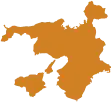






Hokkaido

Tohoku

Greater Tokyo

Central Japan

Kansai

San'in

Setouchi

Shikoku

Kyushu

Okinawa






